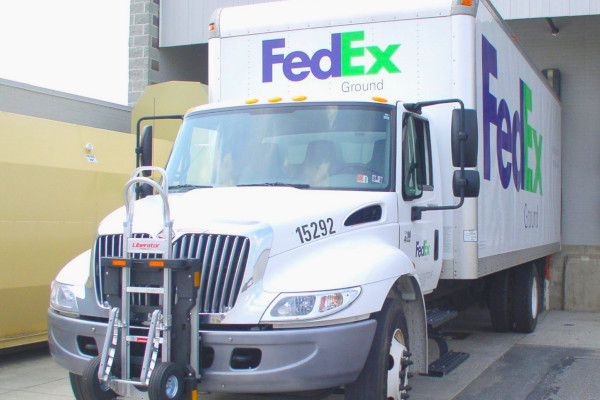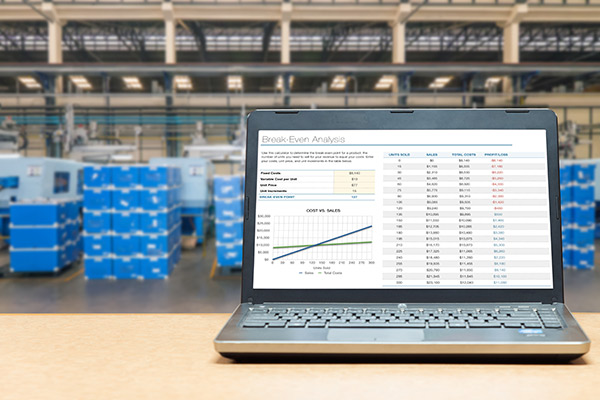Shippers Focus on Yield Management as Rates Continue to Rise
Despite rising shipping costs, shippers that can optimize their network and find cost savings are still at an advantage
FedEx and UPS will raise their general rate 5.9% for 2024, keeping in line with last year’s increase. While it was suspected that UPS would come in higher to offset labor costs brought on following recent Teamsters’ negotiations, UPS was forced to follow FedEx’s announcement with an even rate match.
Most shippers have room to negotiate these shipping rates going into peak season, with the biggest players unlikely to pay that 5.9%. But for shippers and carriers with less room for negotiation, the conversation over the last few years has been about yield management.
Thanks to advances in technology and data analytics, companies now have more information than ever about their customers and demand forecasts. They are using this data to make better-informed pricing decisions and implement cost-saving measures where they can. For example, we are seeing a trend toward surcharges for “high-cost delivery zones” or freight that is too big and bulky.
“All of these firms are really focused to look at the characteristics of the freight and the parcel volume that they're handling and make more educated pricing decisions.”
“This could be a year where some enterprise shippers are getting more than 5.9%,” says Ken Adamo, chief of analytics at DAT Solutions. “All of these firms are really focused to look at the characteristics of the freight and the parcel volume that they're handling and make more educated pricing decisions.”
The smartest shippers now understand the characteristics of their freight and what their shippers need to do in order to pick up and deliver that freight. This helps them make changes internally to lower their shipping costs.
“A lot of that has changed over the years. A lot of the pricing work that these firms used to go on the GRI or accessorials, and now a lot of it is done around their enterprise deals,” says Adamo. “If you can better match your cost to a shipper the size of a Walmart or Target or Kroger or something like that, you can get a lot more benefit than just kind of a broad blanket rate increase.”
Shippers are sitting at an advantage
Though costs are going up, Adamo says the pendulum is still very much tilted toward shippers.
“They are sitting in a point of advantage as it pertains to mostly all modes,” he says. “I don’t think anyone’s going to run out of their office screaming with a 5.9% GRI. I think they’ll find ways to adapt. Carriers are going to find ways to eke out more than that in terms of cost savings. So by and large, I think everyone’s going make it through this fourth quarter pretty well intact.”
Finding those cost savings, he adds, will come down to how you maximize and optimize your network.
“If you’re a heavy parcel volume shipper, you’re largely going to be dependent on the big three,” says Adamao. “So, maximizing your pickup and delivery density, manicuring your sheer footprint in a way that is most cost-effective for the carrier is the best general advice.”
This advantage won’t last forever, Adamo warns, suggesting shippers lock in those cost savings now.
“If you do long-term bids like 12-month bids, this is probably your last bid cycle to lock in a pretty lucrative rate,” says Adamo. “The market by almost all accounts will turn from a shipper’s perspective more bearish next year. Rates should start going back up next year, so this is the point where you really should be looking across your network and locking in pricing before it goes up.”
Article Topics
DAT Freight & Analytics News & Resources
Baltimore Bridge Collapse: Impact on Freight Navigating DAT Truckload Volume Index sees February declines after a strong January Harsh weather drives January spot freight volumes to a monthly record high, notes DAT Truckload Volume Index DAT Truckload Volume Index sees gains in December to end a ‘lackluster’ 2023 DAT October Truckload Volume Index posts mixed volume and rate readings DAT September Truckload Volume Index sees lower volumes and rates Shippers Focus on Yield Management as Rates Continue to Rise More DAT Freight & AnalyticsLatest in Transportation
Record High in Container Production Expected for 2024 VIDEO: Baltimore’s Francis Scott Key Bridge Demolished in Controlled Explosion USPS Sees Increase in Revenue but Overall Net Loss in Q2 Indiana Tests Futuristic Highway that Can Charge EVs While Driving Week in Review: Baltimore Bridge Price Tag, FTC Fines Williams-Sonoma, and More Maersk Opens New 90,000-Square-Foot Airfreight Gateway in Miami Shipping Dispute Heats Up: Peloton vs. Flexport More TransportationAbout the Author















